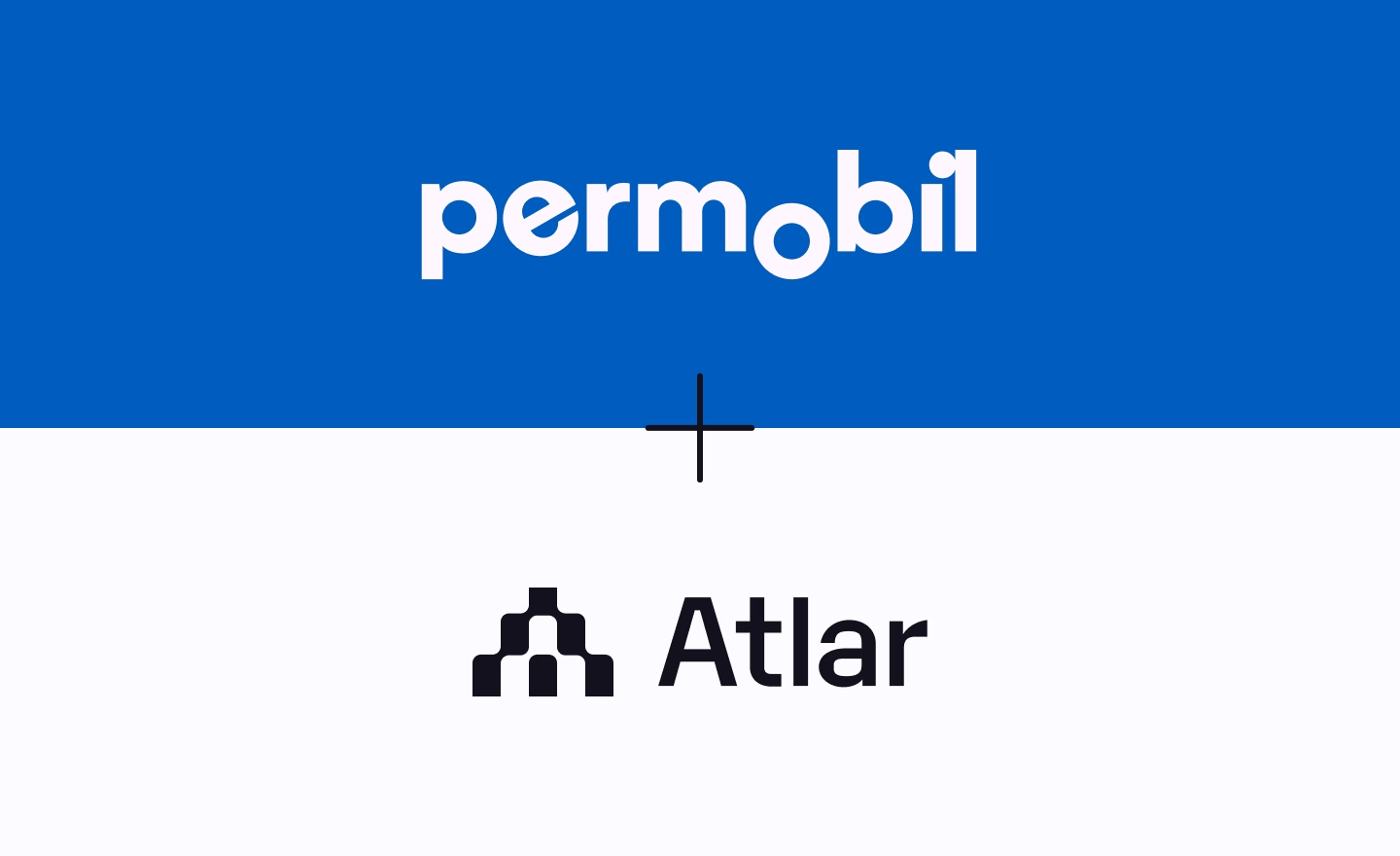
Five Ways Companies Handle the Flow of Funds
The flow of funds is a concept familiar to those who’ve worked with payments or in the financial services industry. It describes the steps involved in moving money from one bank account to another. Seemingly straightforward, the intricacies of the different models are often overlooked. It’s important to understand these details to ensure you employ the best option for your business.
There are five core flows that we've observed from our interactions with hundreds of companies. These can broadly be divided into two buckets: outsourcing the flow of funds to reduce complexity and compliance work; and handling funds directly through a company’s own accounts. Some companies may opt to combine both methods. Below are the five main setups.
Direct settlement

Direct settlement means funds are transferred directly to the destination account from the source account.
In the context of business payments, an example might be a full-stack insurer paying out funds to customers and collecting premia or repayments directly on their bank accounts.
Another example might be a marketplace where the buyer and seller settle the transaction outside of the platform, meaning that the buyer pays the seller directly without the funds touching the marketplace’s bank accounts. Note that for marketplaces, such a model is quite uncommon as it leaves them out of the transaction.
A company in the flow of funds

In this approach, money moves from the source to the destination through a company’s account.
Taking a different marketplace example, the buyer would first transfer the funds into the accounts of the marketplace, which then takes a cut for their services and subsequently pays out to the seller. This model brings security into the transaction since the marketplace acts as an escrow while ensuring they receive their share in the transaction.
Handling money movement end-to-end on your accounts gives you the most flexibility and is the most cost-efficient. However, it can mean you have to manage risk & compliance in-house.
Using a payment service provider’s accounts

PSPs are third-party providers that sit in the funds flow, meaning money moves through their bank accounts.
In this model, a PSP manages the funds flow end-to-end without money touching the company’s accounts. The PSP collects incoming payments into their accounts and pays them out to the destination accounts.
For some companies, services from payment service providers can be valuable. PSPs handle compliance on their behalf, offer safeguarded accounts for customers’ funds, and handle complex cases, such as split payments, leading to less overhead for the company to manage.
Outsourcing money movement to a PSP has considerations in terms of cost, speed of settlement, and flexibility. PSPs have to charge hefty fees as they bear risk handling funds on their accounts. An additional party in the funds flow means it will take at least two times as long for the money to hit your accounts. Not to mention potential account limits & freezes.
Using an insurance provider or fronting bank

The third party in the funds flow can be an institution other than a payment service provider. This model is common among tech-first insurers and lenders, where the third party is an insurance partner or a fronting bank. It involves an underwriter on one side of the transaction and a business or consumer on the other. How the accounts are structured is driven by regulatory requirements and preferences of the underwriters.
Commonly, the funds move from the underwriter’s accounts to the business’ account and, lastly, to the end customer. Alternatively, the company uses the partner’s account to disburse the funds. Funds can then either be collected to the company’s account or directly to the partner’s account.
A combination of your own accounts and those of a PSP

Many companies outsource payment acceptance to PSPs as it’s a substantial engineering effort to integrate and orchestrate all popular payment methods across markets. Therefore, a company would first collect payments into a PSPs account. The PSP then transfers the funds to the company’s account according to a predetermined cadence, after which they initiate a payout to the destination account.
For example, this model is common for investment apps, marketplaces, and consumer-facing insurers. They would often use a PSP for collecting payments but leverage their accounts to make payouts.
Moving into the funds flow and handling payouts on your accounts will entail cost benefits and give you more control & transparency.
How Atlar can help
Atlar saves businesses that aspire to or already handle payments on their accounts from manually managing bank payments, paying substantial fees to PSPs, or wasting engineering hours on building non-core internal tooling.
Thanks to pre-built bank connections and the platform we’ve designed to manage them, we let you fully automate and manage your payment flows directly with your existing banks.
When you plug into Atlar’s API, your company can automatically initiate credit transfers and direct debits, reconcile incoming payments, monitor balances across bank accounts in near real-time, and track the status of payments live via webhooks.
Atlar’s intuitive dashboard lets finance teams track balances & transactions in near real-time to stay on top of treasury, easily configure users and roles, set up approval chains, manage counterparties and monitor audit trails.
Atlar provides an off-the-shelf solution that automates bank payments at scale and lets you focus on the core business activities that really matter.
Get in touch
If you’re a company looking to automate payments that flow through your bank accounts or aspire to move into the flow of funds, we’d love to speak with you. Book a demo here.
You can unsubscribe anytime.
Most recent






